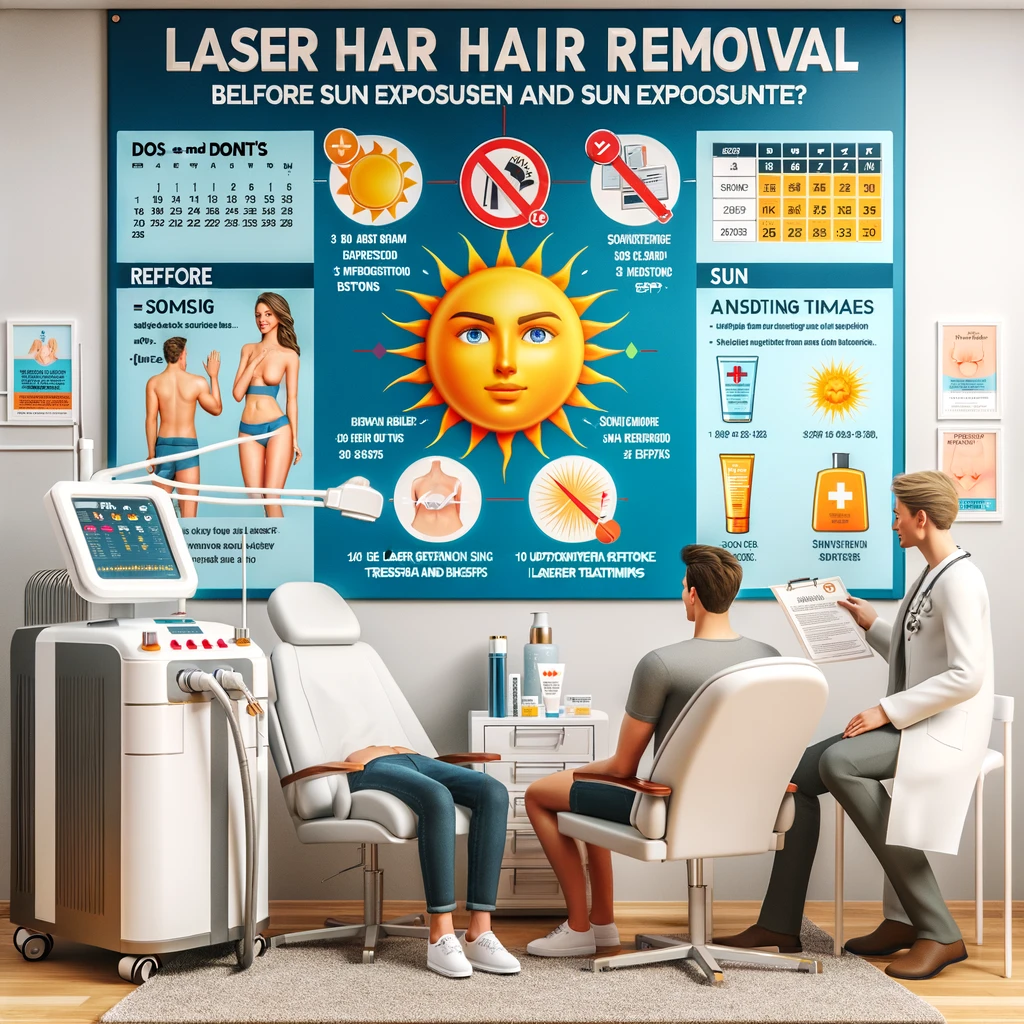Michael had always felt self-conscious about his excessive back hair. Tired of constant upkeep with razors and painful waxing appointments, he began to explore more lasting solutions. The idea of “permanent hair reduction” sounded alluring, promising a future free from unwanted hair. But Michael was also a realist – was permanent hair removal truly achievable, or was it too good to be true?
Like Michael, many people yearn for a way to permanently banish unwanted hair. It’s important to understand exactly what these popular treatments can and cannot accomplish, as well as any potential maintenance needs. Let’s delve into the realities of permanent hair reduction, providing expert insights to manage expectations.
Decoding the Terminology: “Permanent Hair Reduction” vs. “Permanent Hair Removal”
The first step to understanding the achievable results is to unpack the terminology commonly used in the hair removal industry. The distinction between these two terms is crucial:
- Permanent Hair Reduction: This term, approved by the Food and Drug Administration (FDA), implies a significant, long-term decrease in the amount of hair regrowth in the treated area. While not every single hair follicle is necessarily eradicated, the result is noticeably smoother, less dense hair coverage for an extended period.
- Permanent Hair Removal: This term suggests complete, forever elimination of hair regrowth. While this may be possible for some individuals in specific areas, it’s not universally guaranteed.
Methods for Permanent Hair Reduction
Two primary methods are commonly used to achieve long-lasting hair reduction:
- Laser Hair Removal: This approach remains the go-to choice for many. Laser devices emit a focused light beam targeting the melanin (pigment) in the hair. As the hair absorbs this light, it converts to heat, damaging the hair follicle and hindering its ability to produce new hair.
- Electrolysis: This method involves inserting a tiny needle into individual hair follicles, delivering a small electrical current to destroy the root of the hair. Electrolysis is considered by the FDA as the only method with the potential for truly permanent hair removal.
The Factors Influencing Success
Several factors play a role in how effectively permanent hair reduction methods work for an individual:
- Hair and Skin Color: The ideal scenario is dark hair against light skin, as lasers target pigment. People with very light hair or similar skin tones to their hair may not be suitable candidates for laser hair removal. Electrolysis, however, can work on all hair and skin colors.
- Hormonal Conditions: Hormonal imbalances, such as polycystic ovary syndrome (PCOS), can stimulate hair growth, making it harder to fully eliminate hair in certain situations.
- Hair Growth Cycles: Hair grows in stages. Lasers are most effective in targeting hairs in the active growth phase (anagen). Multiple treatments spaced out over time are necessary to catch hairs in different phases of their cycle.
Realistic Expectations: What to Anticipate
While these technologies offer significant long-term results, it’s essential to have realistic expectations:
- Multiple Treatments: Both laser and electrolysis typically require a series of treatments (often 6 or more) spaced weeks apart for optimal results
- Reduction, Not Elimination: The most accurate promise is a notable reduction in hair density and thickness. Some areas may achieve complete hairlessness, but regrowth of a few finer, lighter hairs over time is still possible.
- Maintenance Sessions: While results can last for months or even years, periodic maintenance sessions may be necessary to address any lingering or newly active hair follicles.
The Importance of Professional Practitioners
Choosing a skilled laser technician or licensed electrologist is paramount to achieving both safe and effective results. Improper use of devices can result in burns, skin discoloration, or even ineffective treatment. Thoroughly research and choose reputable clinics that prioritize your needs and well-being.









Leave a comment